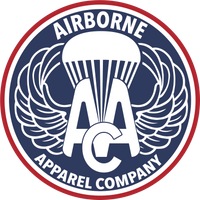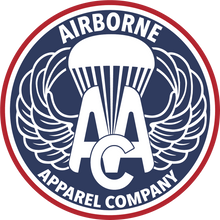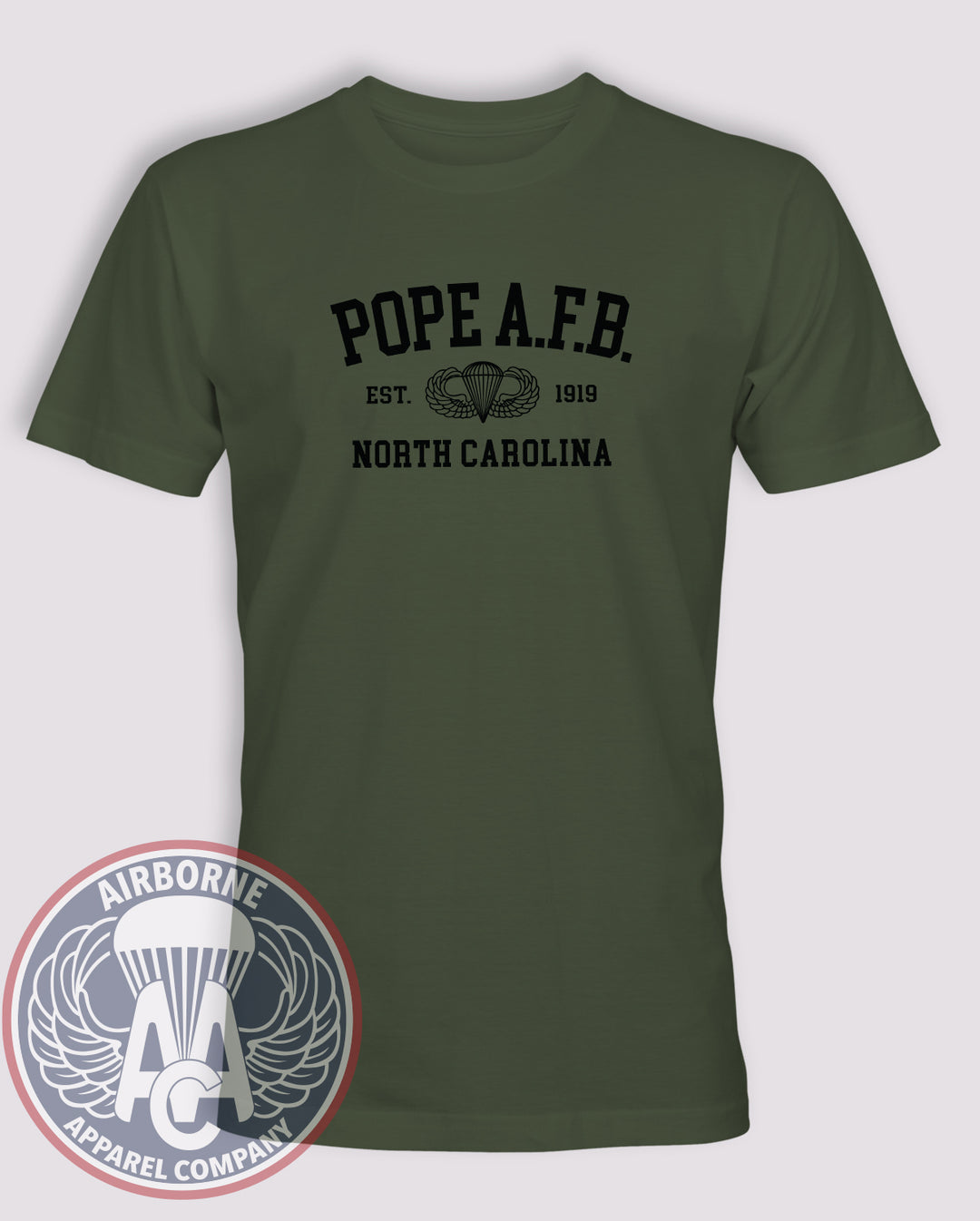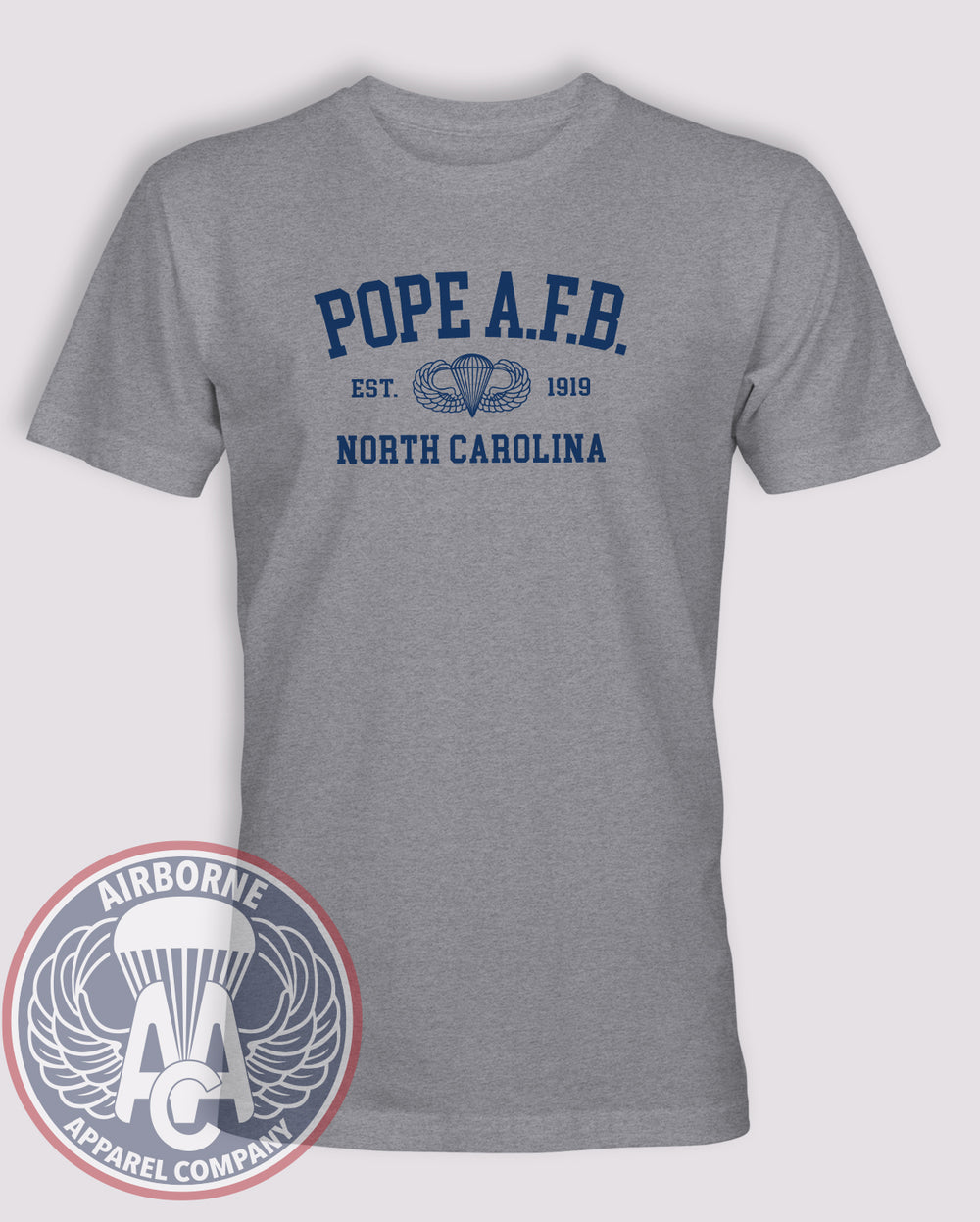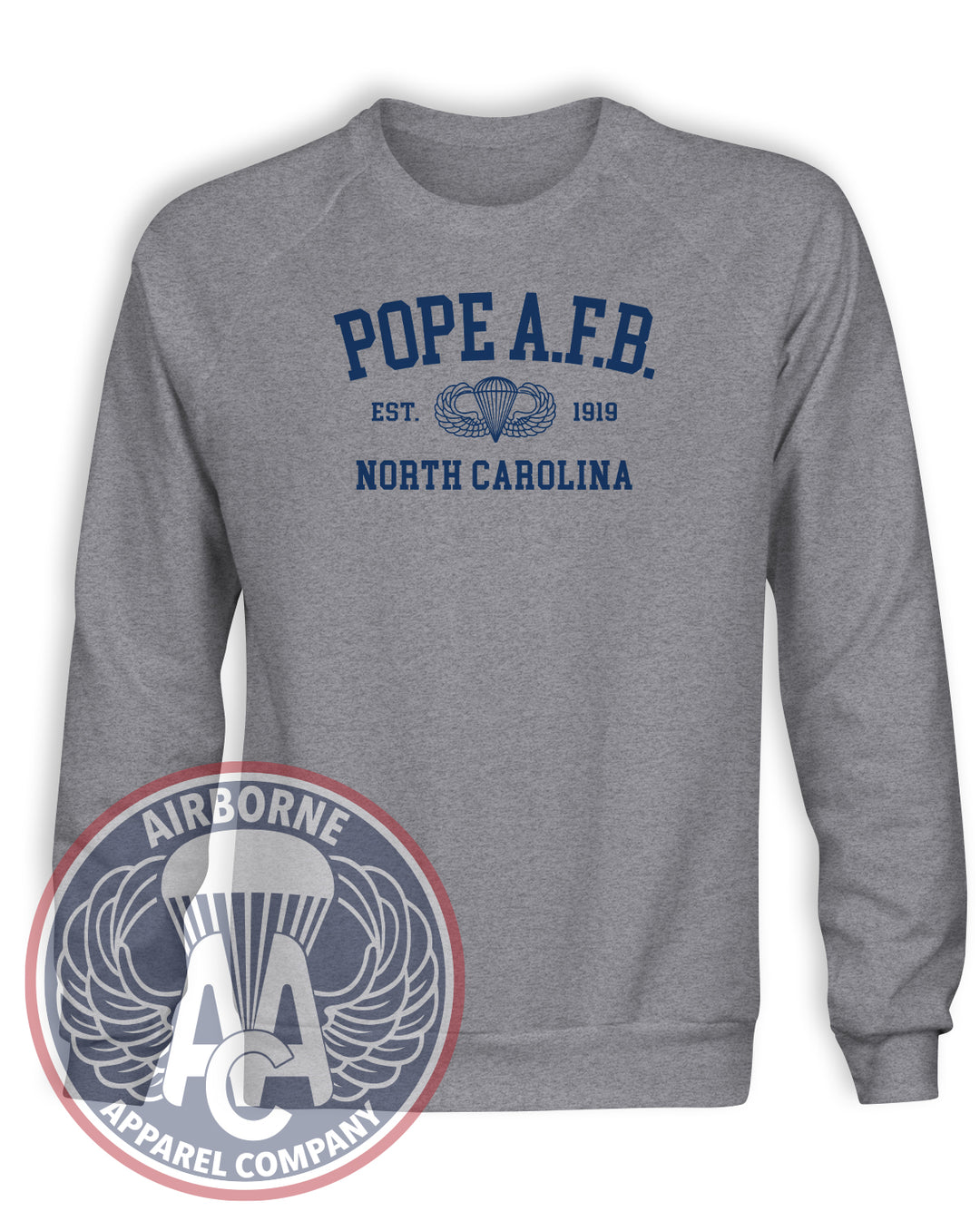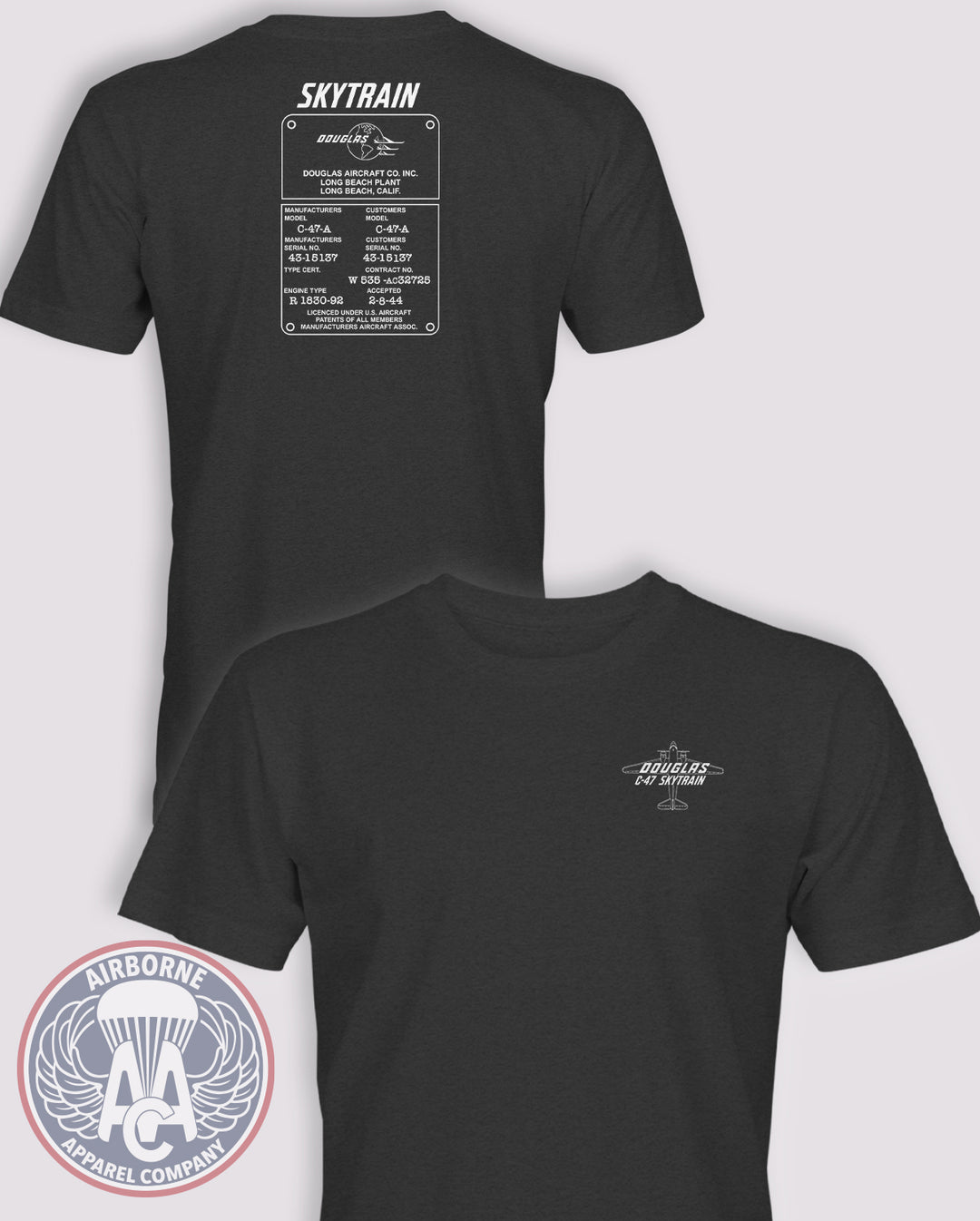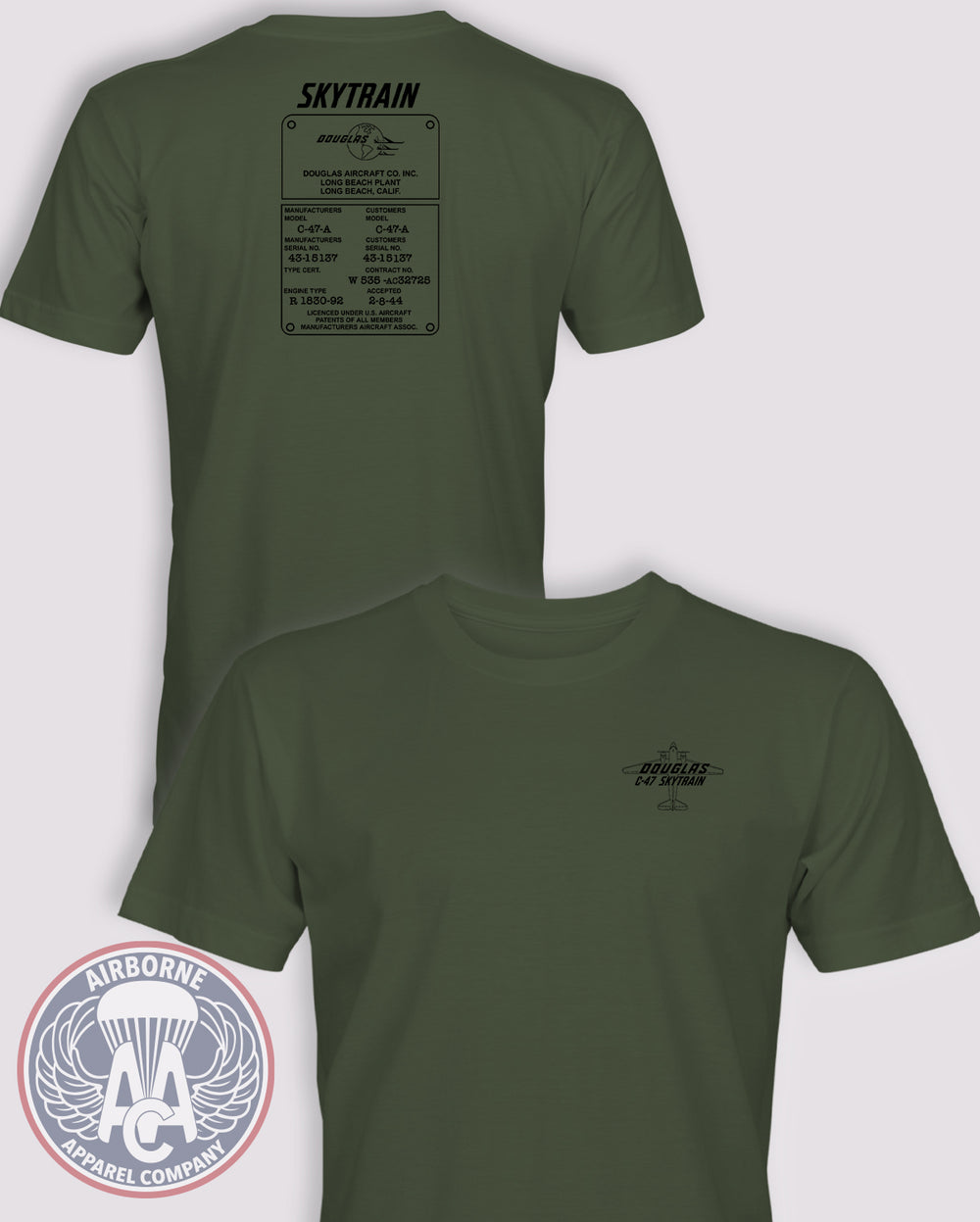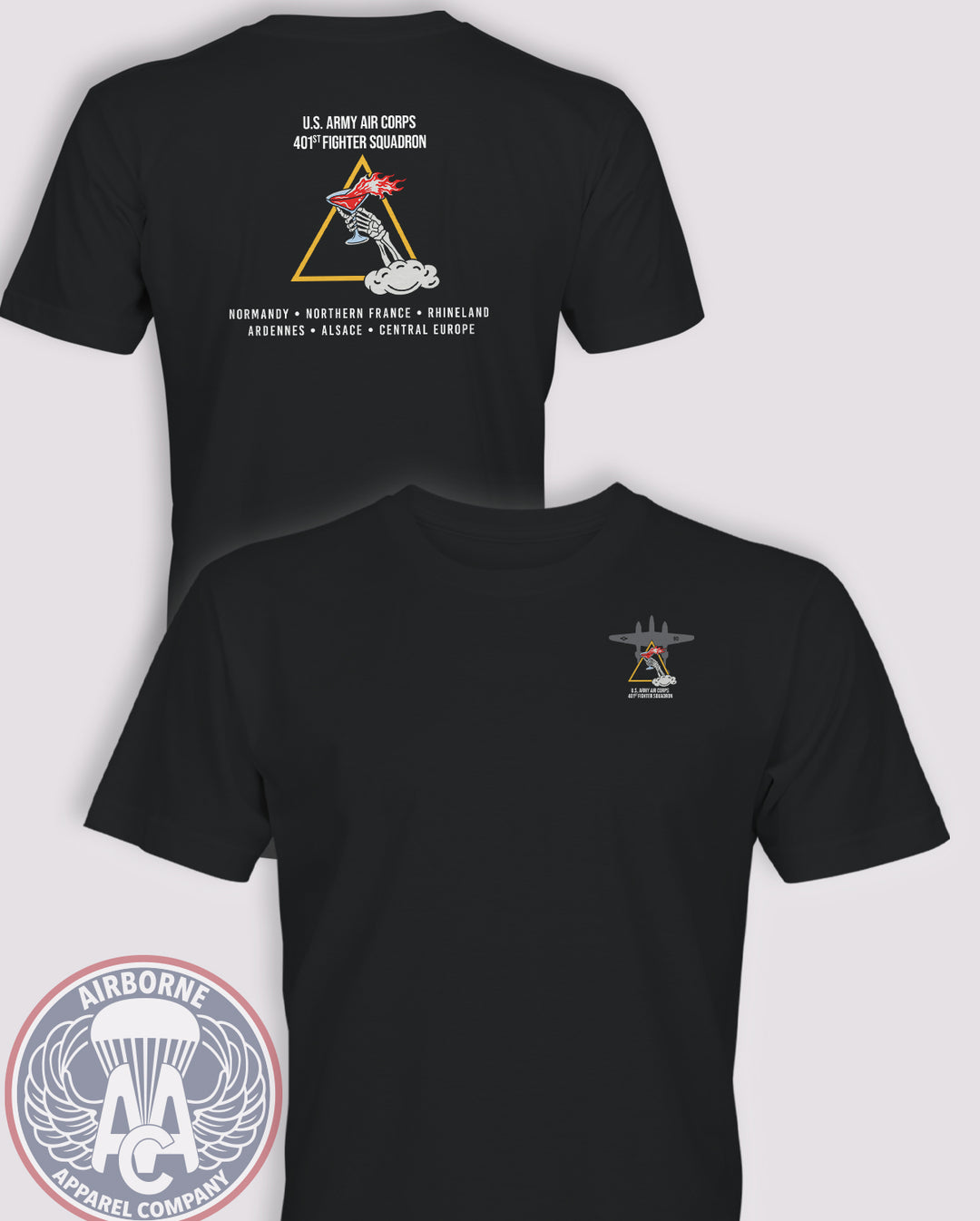The U.S. Army Air Corps (USAAC) was the direct antecedent of the modern U.S. Air Force, serving as the official aerial warfare component of the United States Army from 1926 to 1941. Formed from the earlier U.S. Army Air Service, the USAAC championed the critical doctrine of independent air power during the interwar years, despite internal Army resistance that sought to keep aviation solely as a ground support auxiliary. Under the leadership of visionaries like General Henry H. Arnold, the Air Corps underwent massive expansion in the lead-up to World War II. Although formally superseded by the U.S. Army Air Forces (USAAF) in June 1941, the USAAC's personnel and foundational infrastructure formed the operational backbone of the aerial war machine that defeated the Axis powers, with its lineage ultimately transitioning to the fully independent U.S. Air Force (USAF) in 1947.
The U.S. Army Air Corps (USAAC) represents a pivotal stage in the evolution of American airpower, bridging the gap between the rudimentary air support of World War I and the massive, autonomous air force of World War II. Its lineage traces back to the Aeronautical Division of the U.S. Signal Corps, established in 1907. This body evolved into the U.S. Army Air Service during and immediately after World War I, where pioneers like Billy Mitchell and Hap Arnold began to formulate the strategic doctrine of air superiority.
Activation and the Interwar Years
The U.S. Army Air Corps was formally created by the Air Corps Act of July 2, 1926, replacing the Army Air Service. This designation was largely a compromise between those pushing for an autonomous Air Force and traditionalists within the Army who saw aviation primarily as a supporting arm for ground forces.
During its existence from 1926 to 1941, the USAAC was responsible for training, procurement, and logistical support of Army aviation units, but its operational combat units were often placed under the control of Army ground commanders. This division of command frequently hampered efficiency and fueled the ongoing debate over the strategic role of airpower. Despite facing severe budget constraints during the Great Depression, the Air Corps steadily championed advancements in aircraft design and strategic bombing theory. In 1935, the Army attempted to centralize command of combat units by establishing the General Headquarters Air Force (GHQ Air Force), separate from the Air Corps, further complicating the structure.
World War II Transition and Legacy
The onset of World War II in Europe finally demonstrated the need for a massive, centralized air organization. In response, President Franklin D. Roosevelt authorized a huge expansion of the air arm.
-
Superseded by USAAF: On June 20, 1941, the U.S. Army Air Corps was functionally superseded by the newly created United States Army Air Forces (USAAF). This reorganization gave the air arm a higher level of autonomy within the War Department, with General Henry H. Arnold serving as the chief. From this point on, the Air Corps continued to exist legally as a technical branch of the Army, but its role was strictly administrative, focused on providing personnel, training, and logistics for the immense Army Air Forces—the operational arm that fought World War II.
The USAAF, built on the foundations laid by the USAAC, prosecuted the air war across all theaters, including the strategic bombing campaigns of the Eighth and Fifteenth Air Forces in Europe and the massive operations in the Pacific. Personnel of the USAAC flew iconic aircraft such as the P-51 Mustang, B-17 Flying Fortress, and the B-29 Superfortress.
-
The USAAC was formally deactivated on September 18, 1947, when President Harry S. Truman signed the National Security Act of 1947. This landmark legislation removed all elements of the U.S. Army Air Forces from the Department of the Army and created the separate, independent Department of the Air Force and the United States Air Force (USAF). The USAAF personnel and assets were transferred to the new branch, completing the decades-long push for an autonomous air service.
Airborne Apparel Company is proud to offer reproductions and unique designs that celebrate the U.S. Army Air Corps legacy.
